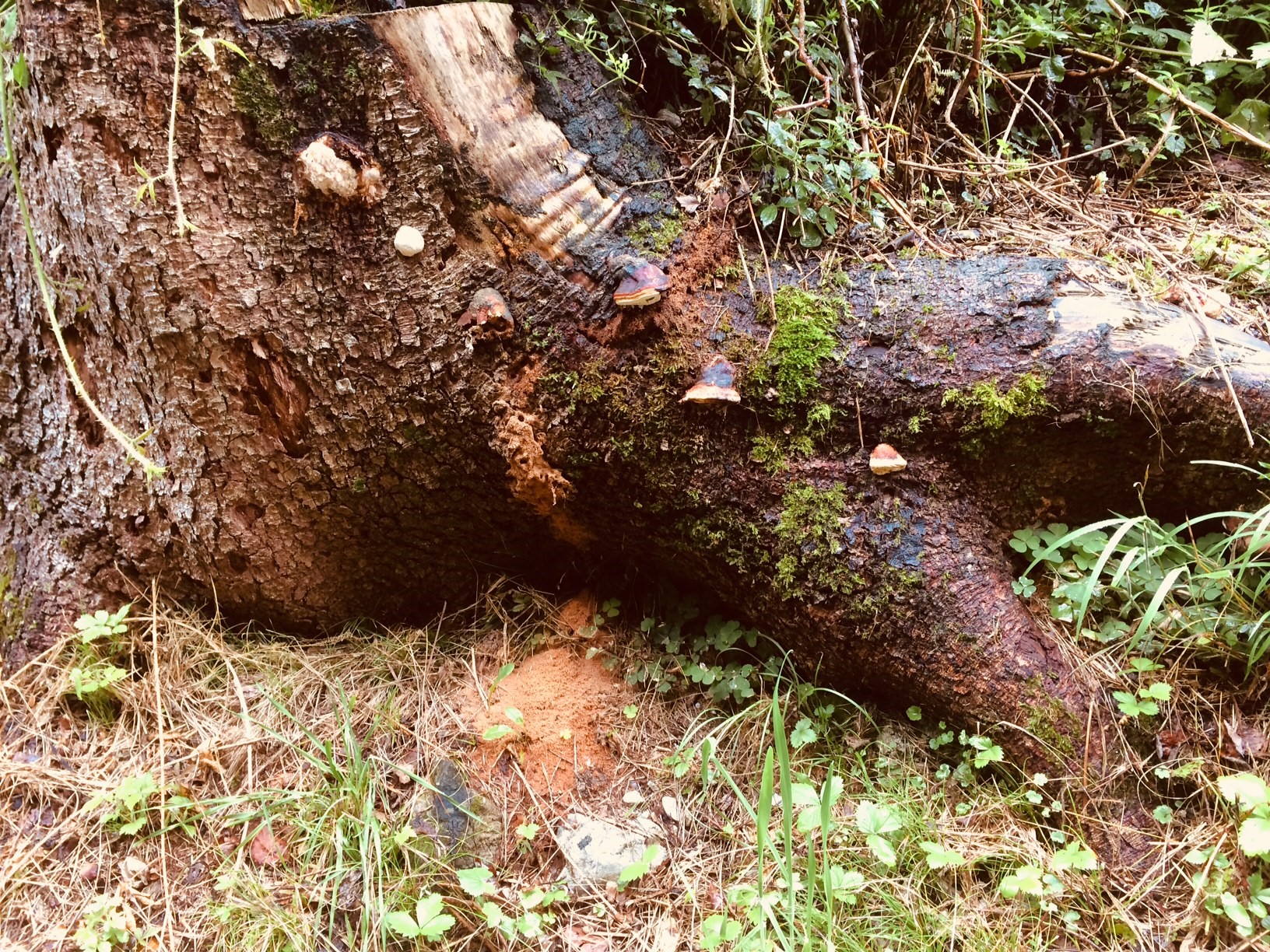By leaving selected trees such as those who are injured or have nests, we can protect the variety of life in the forest while still getting the wood we need for our everyday life, researchers found. Wounds and deformations, as well as nests in trees serve as shelter or home for different flora and fauna. Leaving these trees remain and harvesting trees with a lower ecological value still secures to sell the amount of timber that is expected from the forest.
In a study conducted in a Natura 2000 Mediterranean forest in Italy with different tree species, researchers simulated these trade-offs between nature conservation and timber production with the “Marteloscope approach”. Marteloscopes are like outdoor forest classrooms in which all the trees are numbered, mapped and measured on an area of one hectare. A software that runs on mobile devices enables us to see the tree selection results directly in the field. We use them to train foresters, students and eventually forest visitors about how selected harvesting can guarantee a place to survive for important species – and what challenges and expectations forest managers are facing in their everyday work.
The main findings from this paper confirm that tree-related microhabitats are important ecological indicators effective when identifying habitat trees, to assess forest habitat value and support tree marking for thinning operations and management.
Santopuoli G., di Cristofaro M., Kraus D., Schuck A, Lasserre B., Marchetti M. (2019). Biodiversity conservation and wood production in a Natura 2000 Mediterranean forest. A trade-off evaluation focused on the occurrence of microhabitats. iForest 12: 76-84. – d oi: 10.3832/ifor2617-011.
Most of the Marteloscope data sets are publicly accessible via the Global Biodiversity Information Facility here:
Kraus D., Schuck A., Bebi P., Blaschke M., Bütler R., Flade M., Heintz W., Krumm F., Lachat T., Larrieu L., Lehnerova L., Levin M., Mergner U., Pach M., Paillet Y., Pyttel P., Rydkvist T., Santopuoli G., Sever K., Sturm K., Vandekerkhove K., Winter S., Witz, M. (2017). Spatially explicit database of tree related microhabitats (TreMs). Version 1.2. Integrate+ project. Version 1.6. Institut National de la Recherche Agronomique (INRA). Occurrence Dataset here.
